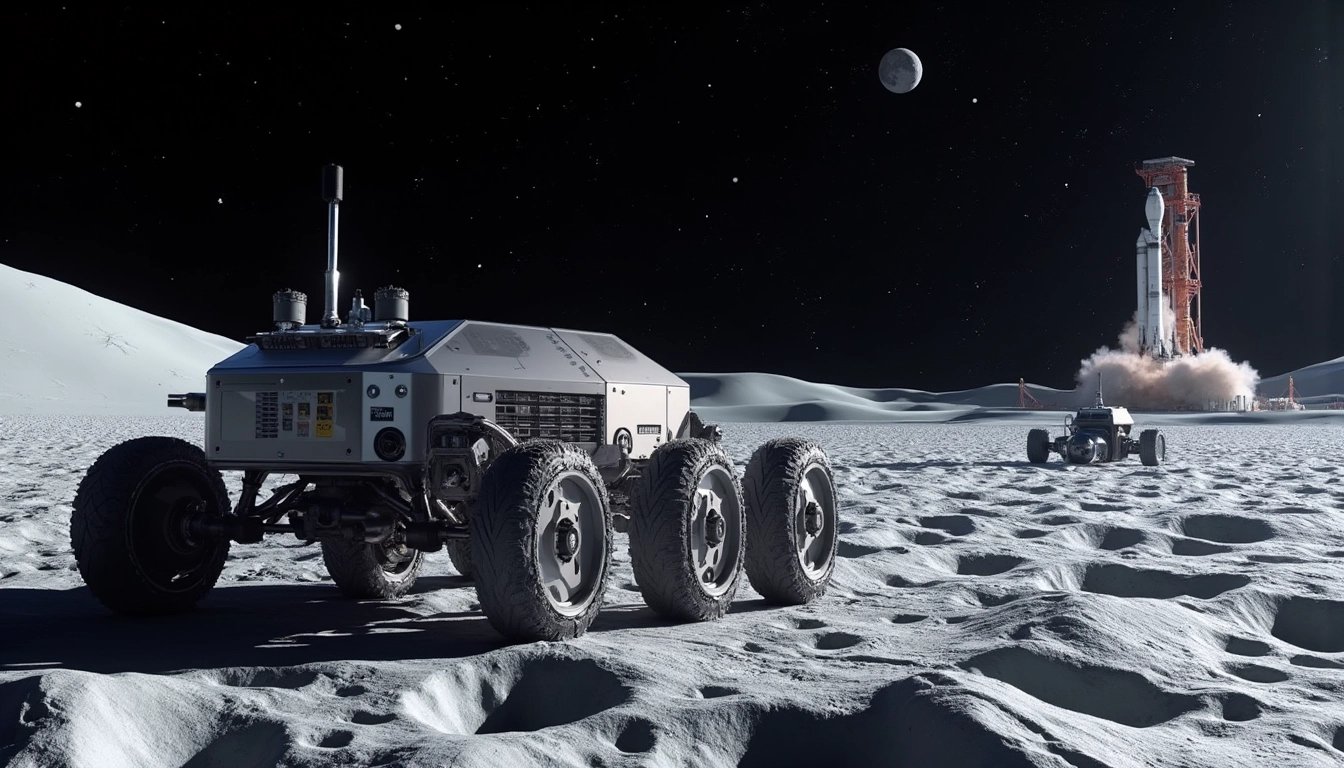
NASA VIPER Mission Seeks Water Ice on Moon Through Industry Partnerships
NASA’s VIPER (Volatiles Investigating Polar Exploration Rover) mission represents a crucial step in lunar resource exploration, specifically designed to search for water ice and other volatile materials in the Moon’s southern polar region. After facing budget-related cancellation, NASA has shifted its approach by seeking industry partnerships to continue this vital mission that could shape the future of sustainable lunar presence.
Table of Contents
Key Takeaways:
- Water ice detection on the lunar surface is crucial for future human missions and resource utilization
- The rover carries four specialized instruments for analyzing volatile materials in the Moon’s polar regions
- NASA is seeking commercial partnerships to continue the mission with minimal additional costs
- The mission could operate for multiple lunar cycles, including exploration of permanently shadowed regions
- This collaborative approach could establish a new model for future space exploration projects
Understanding VIPER’s Mission Objectives
The primary goal of VIPER is to map valuable resources on the Moon’s surface. This ambitious lunar exploration mission focuses on identifying water ice deposits that could support future astronaut missions, providing essential resources for drinking water, oxygen production, and rocket fuel.

Technical Specifications and Capabilities
The VIPER rover is a technological marvel, weighing approximately 500 kg and measuring 1.5m x 1.5m x 2.0m. Its sophisticated instrument suite includes:
- Neutron spectrometer for detecting hydrogen
- Near-infrared spectrometer for mineral identification
- Mass spectrometer for volatile analysis
- Advanced drill system for subsurface sampling
Partnership Opportunities and Innovation
NASA’s innovative approach to continuing the VIPER mission through partnerships reflects a shift in space exploration strategy. Similar to commercial spaceflight initiatives, this model could transform how we approach lunar exploration. Partners will need to manage systems testing, integration, and science operations while sharing valuable data with NASA.
The Future of Lunar Exploration
This mission represents more than just scientific discovery – it’s about establishing sustainable lunar operations. Like recent advances in space research and development, VIPER’s findings could revolutionize our approach to space exploration. For those interested in space automation and mission management, tools like Latenode can help streamline operations and data processing.
Mission Timeline and Development
The partner selection process runs from July 17 to August 1, 2024, with NASA currently evaluating submissions. The mission involves collaboration between multiple NASA centers, with hardware development spread across various facilities. The original plan included launch aboard SpaceX’s Falcon Heavy and deployment via Astrobotic’s Griffin lander, though partner involvement may modify these arrangements.


